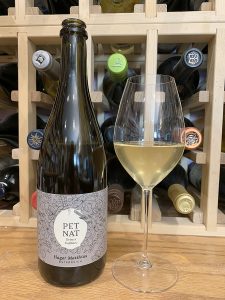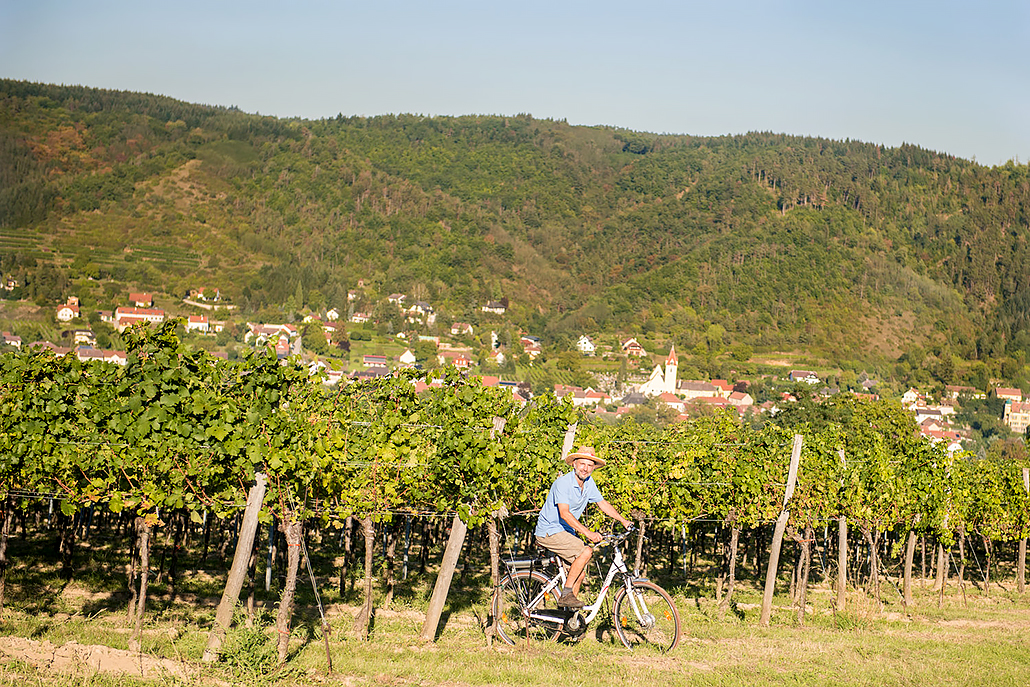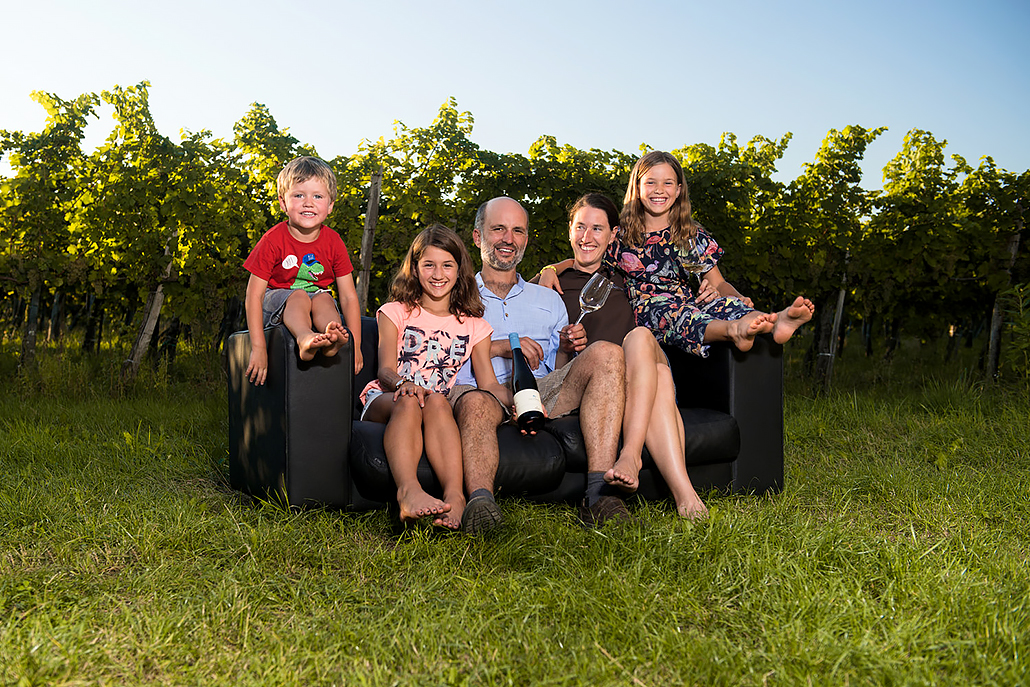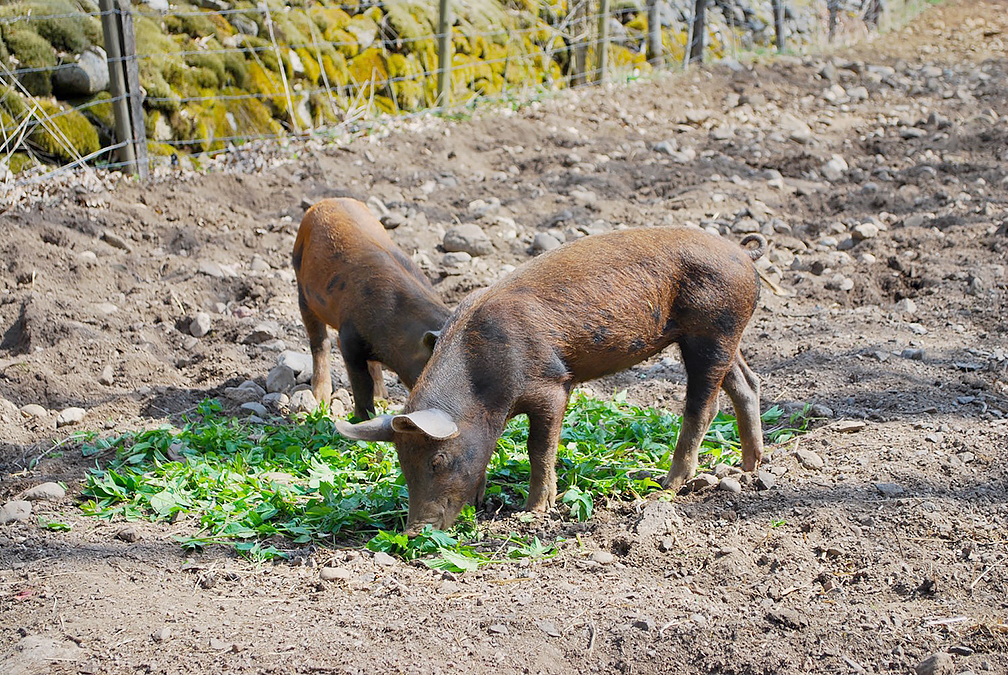Pale yellow color; pear, yellow apple, lemon, pineapple, grapefruit, white pepper, bread yeast on the nose and palate.

Dry–brut; no tannins; good crisp acidity. Medium body. Grapes are Demeter certified biodynamic, hand harvested. Spontaneous fermentation on native yeasts in steel tanks, followed by extended time on the lees. Aged two weeks in neutral Austrian oak barrels. As a pét nat, wine is slightly cloudy. Pét nat—short for pétillant-naturel—is the oldest method of making sparkling wine. The wine is bottled, and sealed with a crown cap before primary fermentation is complete. The completion of fermentation infuses the bubbles in the final product. Pét nats are semi-sparkling wines. 11.5% ABV
The grapes, 100% grüner veltliner, come from the Steinleithen vineyard from vines 30-55 years old. The relatively low alcohol—some sources say 10.5% ABV—and ripe fruit notes make this a nice choice for a light, crisp beverage. Well-integrated acidity. In broad terms, grüner is light like pinot grigio, slightly sour like rielsing, and some spiciness like sauvignon blanc. It is its own wine, of course, and a delightful addition to your wine repertoire.

Grüner is Austria’s most important wine. It is versatile and can be made in many styles. The most popular style today is lean, peppery, herbaceous. It is a great food wine—thanks to its herbaceousness, it even pairs with notoriously difficult dishes such as asparagus and artichokes. It also is grown in Hungary, Slovakia, and the Czech Republic—but it is Austria’s classic wine. While its name includes veltliner, it has no known connection to other veltliner grapes—roter veltliner and frühroter veltliner. Analysis suggests savagnin is a parent grape, which makes it a grandchild or half-sibling of pinot noir.
The grape traces its roots back to Roman times. Its name derives from Veltlin (Valtellina) in northern Italy, but the grape likely is indigenous to Austria. The current name first appeared in the mid-1800s, but it was not until the 1930s that grüner veltliner was established as the standard moniker. It was regarded as just another Austrian grape until the introduction of the Hochkultur system of vine training developed by Lenz Moser in the 1950s. It now is Austria’s most planted grape variety—accounting for one-third of all Austrian grape plantings.

Hager Matthias Pét Nat Grüner Veltliner 2021 is a nice example of the rising fashion of pét nat wines—semi-sparkling wines made using the oldest method for making sparkling wines, bottling before fermentation is complete so the bubbles are captured. With softer bubbles and lower pressure than traditional method sparkling, this is refreshing, lower alcohol effort that is and trendy and versatile, and presents excellent fruit. Works well as aperitif. Pair with fish and seafood, especially sushi; chicken; garden salad. Cheese—creamy and tangy goat cheeses; le chevrot, gouda, camembert, triple crème cheese. $29
U.S. importer of Hager Matthias

